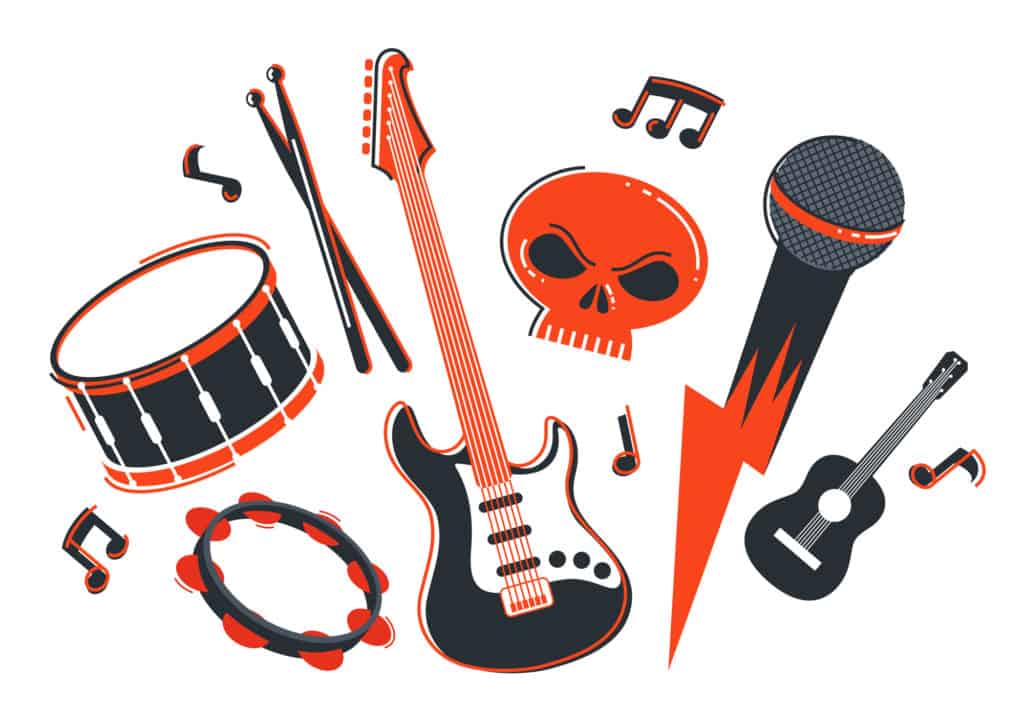
Are you sick of being second place?
Do you have what it takes to be a winner?
Can you reach the top of Google’s most appreciated list?
Topping the charts isn’t only a bragging right, it’s a way to make sure your business is easily found.
A show-stopping blog is a sure fire way to have your business quickly rise through the virtual charts!
To avoid any one hit wonders or together flops it’s important to make sure that your blogs are relevant and effective for reaching your target audience.
A blog with an irrelevant topic can mean a lot of wasted time that could’ve been spent on something more valuable (like a blog with an interesting and relevant topic)!
The virtual world is densely packed with information, some of it is fascinating, some of it is informative, and other bits are entirely useless.
The last thing you need when publishing a blog that you’ve worked hard on is for it to be lumped into the latter category.
This blog’s purpose is to make sure your blog’s purpose is relevant to the topic your client base is searching for, as well as how search engines rank these topics.
More Blogs From DRPT
Does Social Media Need To Align With SEO?
How To Write A High Quality Blog – Spelling, Grammar And Language Use
6 Reasons Why Google Hates Your Blog
Picking A Topic

Choosing a topic can feel quite overwhelming but don’t be singing the blues just yet, we’re here to help you out.
Firstly, make sure you know what your audience is looking for, for example, if you’re targeting the medical field make sure you know which medical conditions are the most searched for.
It’s like knowing what genre of song best fits your particular voice.
Programmes and functions like SEMrush are great for being able to narrow down topics that will be the most effective.
Start by working out which topics your audience is searching for on Google/Bing (or any other search engine that’s available.)
Once you have considered what your audience wants, it’s time to research using analytic programmes to see which topics have the highest search volume.
It’s worth making sure that your blog topic uses the correct wording to maximise your potential audience.
Aim to make your blog go platinum!
A blog title should be based on a high yielding search result and SEO should be built around this research.
Once you’ve found the exact wording and a search result that yields the most results, it’s time to start planning informative content.
Your blog is a productive way to increase your organic traffic, however, you need to also make sure that the body of the content is informative and useful.
Knowing Your Crowd

Knowing your crowd is the key to an awesome gig, you’ll be hitting the high notes if you perfect the blog topic based on who it’s aimed at.
Your audience is the whole reason that you’re writing the blog, and it’s important to remember that.
Your tone and voice of your writing piece should match the audience that you’re aiming for. For example if you’re writing a legal piece you would need to ensure that the writing is professional, confident and includes legalese.
The best way to achieve high rankings is by creating informative content that reaches the right kind of audience.
It’s important to find your groupies!
Determine who you’re targeting by imagining a group of people with certain attributes, and how you can reach that certain niche.
SEO is geared towards reaching your niche of people, in terms of business this should be your particular client base.
Once you reach this audience with the right kind of content this is when you’ll see an increase in organic traffic.
It’s important to keep the following characteristics for your audience in mind: (This doesn’t have to be exact and it should be taken with a pinch of salt):
- Age
- Gender
- Where they live (Country, city)
- Price range (if marketing a product or service)
- What groups they engage with online
- Their occupation
Once you’ve identified these characteristics it’s important to think about what problem this audience has, and how you’re going to solve it.
An example of this would be using blog writing to give advice to people with an illness (like the deadly disco fever.) Then by using links and targeted information, you can direct your audience to your product/service that gives the solution to their problem.
Having your audience boogie on over to the solution for their problems is how you get conversions from organic traffic.
Planning To Succeed

The saying: failing to prepare, is planning to fail really does hold merit especially with writing content.
You wouldn’t expect an artist to perform a concert without a setlist, so why would you assume you could write a blog without a plan.
Taking your time with research and identifying keywords should be paired up with your plan.
Your keyword/s should appear in your headings at least once to appease search engines like Google. SEO relies on keywords being used frequently, but not overused as to avoid keyword stuffing.
Planning should be focussed on how to include the most relevant information for your audience.
The categories that you focus on should be concise and include your focus keyword.
It’s important to think about the following topics when you’re planning your blog:
- Understand the blog that you’re representing and what their values are
- Knowing your audience
- Research your topics
- Create an enticing and informative title for your blog
- Think about how you can effectively use visual media
When you’re planning your blog make sure to draft out your paragraphs and then you can start writing the body of your blog.
Boogie On With Blog Writing

Writing confidently can be the key to a successful blog, to do this make sure to adapt your tone to fit the style of the blog.
Getting into the groove of things can be difficult if you’re not used to writing.
People tend to write better at different times of the day; early morning and late evening tend to be more popular times to write content.
Starting with bullet points can be useful when you’re experiencing a slight fog of writer’s block.
Writing a blog is like writing a song, you need to hit the right beats and create a catchy hook.
Once you’ve written out your bullet points, you can expand on these and you’ll get the start of the body of your content.
Writing can be a difficult process if you’re not used to it, the best way to combat this is to find the right kind of motivation and inspiration.
Inspiration and motivation from a medical document comes from the purpose of the blog – helping your audience and informing on tips to increase their overall health.
Researching other, similar topics and finding comparable content can help you break out of the writer’s block rut.
Ensure that you’re not plagiarising content as this is a black hat tactic which will send you on a conga line straight to the bottom of Google’s search rankings.
Sampling and remixing your own content is a lot more useful than direct plagiarising.
What’s The Format-ter With You

Blog formatting is essential to the success of your writing content.
It won’t matter how informative your content is if no one is going to read it.
Blog formatting differs from other writing content and you need to make sure that the layout you use is interesting.
Sentences should be relatively short and you should separate the text every few lines to avoid large blocks of text.
Large blocks of text can be one of the biggest causes of a high bounce rate, the information appears too dense and can turn off a lot of readers.
Your sentences should act like individual performers in an orchestra working together rather than a jumble of noise.
Embolden important information can be a great way to make sure the reader is focussing on the key points.
Different formatting techniques are useful for various writing styles. The most important part of blogging is to ensure that the audience is engaged and that they’re getting the key bits of information.
Bullet points and a variety of punctuation are another great way to separate out the information in an interesting and more readable way.
Funk And SEOul

For starters, adding SEO elements to the blog once it has been written and formatted is crucial for the increase in organic traffic.
Without SEO elements the blog won’t be optimised for search engines like Google.
Adding SEO to your blog is like tweaking a recorded track, correcting the pitch and optimising the record ready to be released.
Optimising the blog’s URL, descriptors, permalink and tags are a great start to making your blog more Google-friendly.
A blog that’s more Google-friendly can be more easily analysed by search engines meaning they’ll be more likely to rise up in the rankings.
You’ll be bopping all the way to the top with well optimised SEO elements.
Another important aspect is the inclusion of backlinks. Backlinks should lead to verified webpages and sources.
Links to your own site should also be included, this helps to keep the traffic you’ve gotten to the blog on your site.
Think about links like featuring on another band’s album. Another website that links back to you is great exposure.
Apps like Rankmath can help to give an idea of how well optimised your blog is for search engines.
Rankmath and other applications are only advisory and your blog should still be utilising these SEO tips when and where possible.
Missing out on these elements would mean your leads would moonwalk backwards.
Images are another great way to increase the SEO potential of your blog, giving them a relevant description also increases the SEO capability.
Relevant images are also a great way to keep your audience engaged.
You would never release an album without some cool artwork to go alongside it.
How Can We Help With Your Blog Writing?

We can show you exactly how to tango to the top of Google’s search results.
If this sounds like music to your ears, we understand and we want to help you.
We love SEO and for your blogs to really succeed you need to follow the above advice.
If you have any questions about SEO or need advice please get in touch now!









